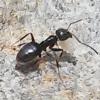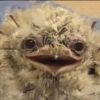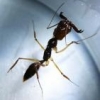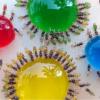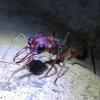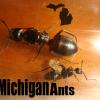I am personnally totally against capturing wild colonies, even small ones.
First, it often leads to the death of the colony because it is usually done by impatient begginers who want to have big colonies very fast and who didn't do enough research on the species's needs or don't realize the work it represents. So it is taking a away the colony's chance to prosper.
Secondly, you cannot capture all the colony, there will inevitably be leftovers (which will die without their queen) or losses (difficult not to kill ants with a shovel).
Thirdly, the queen is often buried so deep, that the guy will give up, and leave, after destroying a nest and killing hundreds (thousands ?) of ants.
This said, there are exceptions :
- If it is for scientific purposes (made by scientists)
- If it is a polygynous mature colony, I can accept it.
- If it is an invasive species, it's good. You can even volontarily kill the workers and queens, I won't bother.


